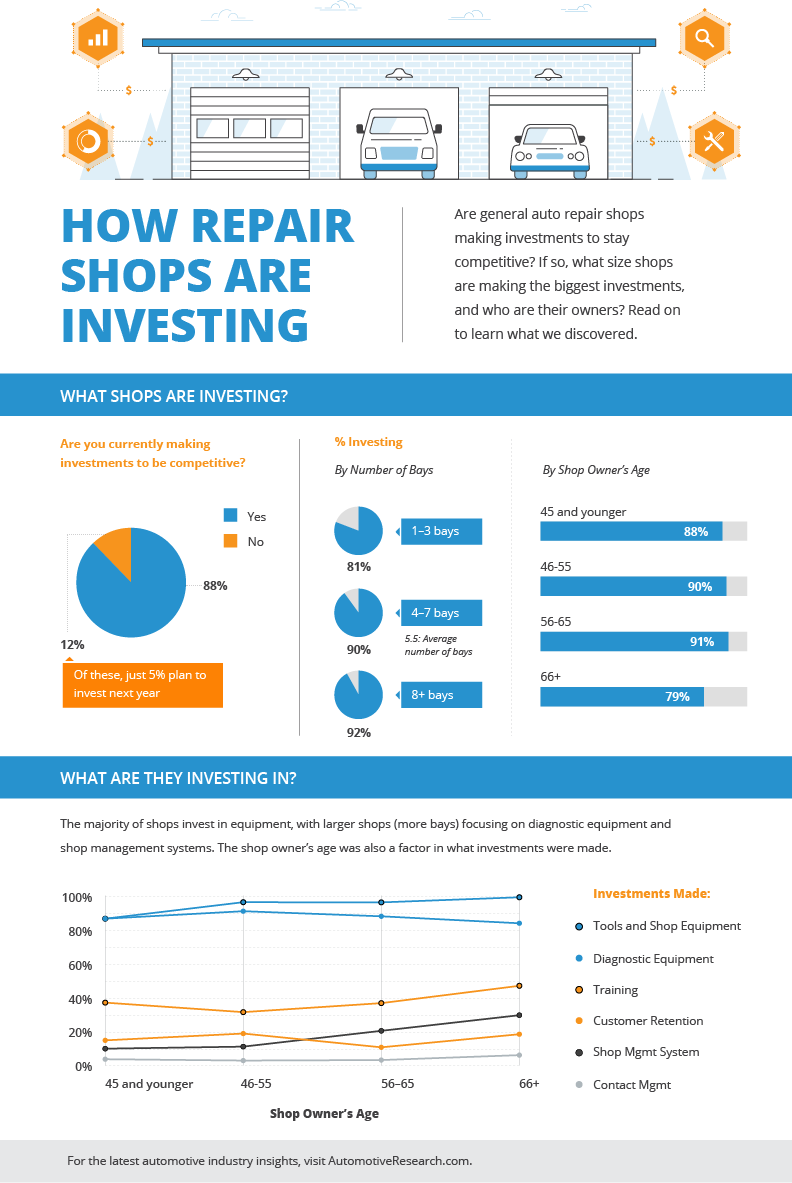Evaluating Your Vehicle'S Warning Indicators: What They Actually Share
Evaluating Your Vehicle'S Warning Indicators: What They Actually Share
Blog Article
Web Content Writer-Sykes Kejser
When you're behind the wheel, those beautiful caution lights on your control panel can be a little bit bewildering. Do you recognize what they're trying to inform you regarding your cars and truck's wellness? Understanding https://elliottjezuo.tokka-blog.com/32355802/mobile-cars-and-truck-explaining-benefit-satisfies-quality-for-your-car of these lights is vital for your security and the longevity of your vehicle. So, the next time among those lights turns up, wouldn't you want to decode its message properly and take the required actions to address it?
Common Warning Lights and Interpretations
Identify typical warning lights in your automobile and comprehend their significances to make certain safe driving.
The most regular warning lights consist of the check engine light, which indicates concerns with the engine or emissions system. If this light comes on, it's critical to have your vehicle inspected quickly.
The oil stress cautioning light indicates low oil pressure, requiring immediate interest to stop engine damage.
A blinking battery light might suggest a malfunctioning charging system, potentially leaving you stranded otherwise addressed.
The tire stress monitoring system (TPMS) light alerts you to low tire stress, impacting vehicle security and fuel effectiveness. Disregarding this could bring about dangerous driving conditions.
The ABS light suggests a problem with the anti-lock braking system, endangering your capability to stop rapidly in emergency situations.
Finally, the coolant temperature level advising light warns of engine getting too hot, which can cause severe damages otherwise fixed promptly.
Comprehending these common warning lights will help you attend to concerns without delay and keep safe driving problems.
Relevance of Prompt Focus
Comprehending the usual warning lights in your auto is just the initial step; the relevance of quickly dealing with these warnings can not be highlighted enough to guarantee your security on the road.
When https://clark.com/cars/find-a-mechanic/ illuminates on your control panel, it's your car's way of communicating a potential issue that requires attention. Disregarding these cautions can bring about more serious troubles later on, jeopardizing your safety and possibly costing you extra in repairs.
Motivate focus to warning lights can avoid break downs and mishaps. As an example, a flashing check engine light can indicate a misfire that, if left unattended, might trigger damages to the catalytic converter. Addressing this promptly can save you from a costly fixing.
Likewise, a brake system advising light could signify low brake liquid or used brake pads, critical elements for your security when driving.
Do It Yourself Troubleshooting Tips
If you see a caution light on your dashboard, there are a couple of DIY fixing tips you can try prior to looking for expert help.
The very first step is to consult your cars and truck's guidebook to recognize what the specific caution light indicates. Occasionally the concern can be as basic as a loose gas cap activating the check engine light. Tightening up the gas cap might deal with the trouble.
One more usual concern is a low battery, which can activate different cautioning lights. Inspecting the battery connections for deterioration and guaranteeing they're protected could repair the issue.
If a caution light continues, you can attempt resetting it by disconnecting the car's battery for a few mins and after that reconnecting it. In addition, examining your automobile's fluid degrees, such as oil, coolant, and brake fluid, can assist repair warning lights associated with these systems.
Final thought
Finally, recognizing your cars and truck's warning lights is vital for keeping your vehicle running smoothly and securely. By without delay dealing with these alerts and recognizing what they suggest, you can avoid costly repair services and possible breakdowns.
Bear in mind to consult your auto's manual for specific details on each alerting light and do something about it appropriately to make sure a trouble-free driving experience.
Stay notified, remain safe on the road!
